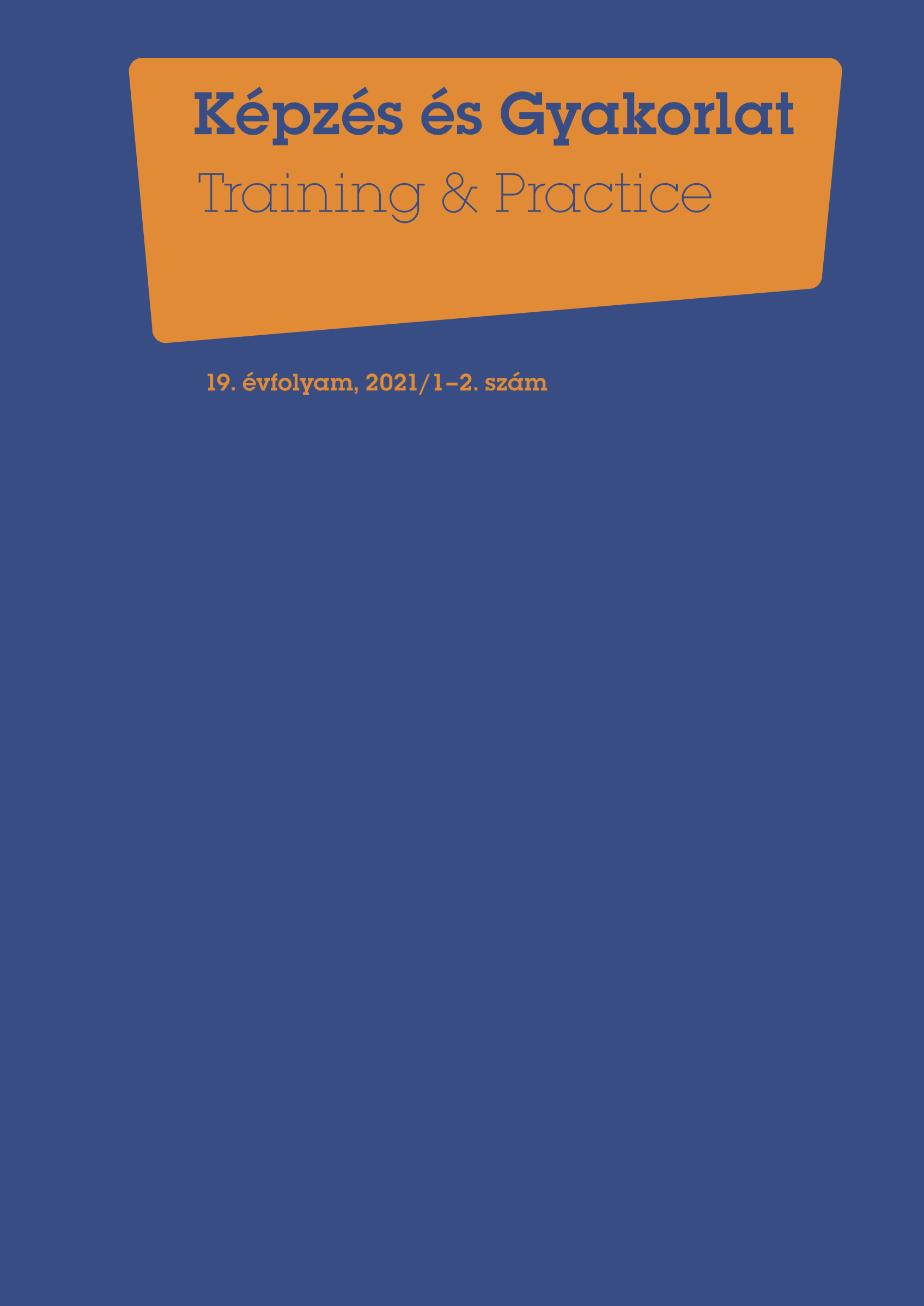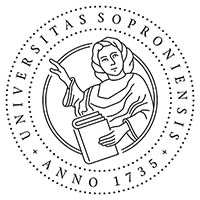Multikulturális nevelés az óvodában − Más anyanyelvű és/vagy kultúrájú gyermekek inklúziója
DOI:
https://doi.org/10.17165/TP.2021.1-2.15Resumen
A 21. század folyamatosan változó világának számos kihívása közül az egyik a multikulturális társadalmak létrejöttének következménye, hiszen a más kulturális identitású, más anyanyelvet beszélő családok gyermekei jelennek meg az egyes országok oktatási intézményeiben. Kutatásomban feltárom, hogy Magyarországon találkoznak-e az óvodapedagógusok más kulturális identitású gyermekekkel munkájuk során, milyen tudással rendelkeznek a multikulturális nevelés terén, annak megvalósításához rendelkeznek-e megfelelő módszertani eszköztárral. Továbbá megvizsgáltam, hogy a más kulturális identitású családok hogyan élik meg a magyar óvodába történő beszoktatást, kultúrájuk megjelenik-e az intézményben.
Referencias
Andorka, R. (2006). Szociológia. Budapest: Osiris Kiadó.
Feischmidt, M. (1997). Multikulturalizmus: kultúra, identitás és politika új diskurzusa. In: Feischmidt, M. (Ed.), Multikulturalizmus. [pp. 7–29]. Budapest: Osiris Kiadó
Fodor, L. (2002). Stratégiális módozatok a közoktatás interkulturális irányultságának fokozására. In: Herta, É. (Ed.), A kulturális térségek szerepe a regionális fejlesztésben. Válogatás a II. Székelyföld Konferencia előadásaiból (2001. október 10–11.) (pp. 178–189). Csíkszereda: Székelyföld Munkacsoport.
Forrai R., K. (2003). A multikulturális/interkulturális nevelésről. Iskolakultúra 13. évf. 6-7. sz. pp. 18–26. [online] forrás [2020.03.25.]
Fukuyama, F. (2000). A nagy szétbomlás. Budapest: Európa Könyvkiadó
Juhász, J. – Szőke, I. – O. Nagy, G. – Kovalovszky, M. (Ed.) (1972). Magyar értelmező kéziszótár. Budapest: Akadémiai Kiadó.
Kitzinger, A. (2015). A pápai modell: egy multilingvális és multikulturális óvoda. In: Simon, I. Á. (Ed.), A kisgyermekkori nevelés módszertana. [pp. 103–116]. Szombathely: Nyugat-magyarországi Egyetem Regionális Pedagógiai Szolgáltató és Kutató Központ.
Schmidt, I. – Nagyházi, B. (2020). Magyarnyelv-tanítás gyermekeknek. Budapest: Károli Gáspár Református Egyetem – L’Harmattan Kiadó. DOI: https://doi.org/10.56037/978-963-414-632-2
Torgyik, J. (2004). Hatékony iskola: együttműködő iskola. Új Pedagógiai Szemle, 54. évf. 10. sz. pp. 32–40.
Torgyik, J. (2004). Multikulturális társadalom, multikulturális nevelés. In.: Új Pedagógiai Szemle, 54. év. 4–5. sz. pp. 4–14. [online] https://ofi.oh.gov.hu/tudastar/multikulturalis-090617-1 [2020.03.21].
UNESCO Guidelines on Intercultural Education. 2006. [online] http://www.ugr.es/~javera/pdf/DB2.pdf [2020.03.31].
Descargas
Publicado
Número
Sección
Licencia
Derechos de autor 2021 Szarka Bernadett

Esta obra está bajo una licencia internacional Creative Commons Atribución-NoComercial-SinDerivadas 4.0.








